Some random observations
1) Examples of Wittgenstein’s influence on art in general as follow:
A) Both Bruce Nauman and Jasper Johns were profoundly influenced by Wittgenstein. Their works reflect the paradox that the connection between the proposition and reality is not found in the picture itself.
B) In a recent biography of Willem de Kooning, the author described de Kooning’s preference of Wittgenstein to Sartre. Bernett Newman read and studied Wittgenstein and probably influenced de Kooning who tended to learn by listening and paying attention to his peers.
C) Derek Jarman made a film called “Wittgenstein”. (Film fun trailer here on youtube )
D) The Artist Wittgenstein by Terry Eagleton (a report on a new paperback The Literary Wittgenstein, edited by John Gibson and Wolfgang Huemer) “Why are artists so fascinated by Ludwig Wittgenstein? ” wrote T. Eagleton, then he lists additional artists and writers who have incorporated Wittgenstein’s thoughts in their work. (Must read said Matt from Pas au-dela)
Sculpture by Bruce Nauman
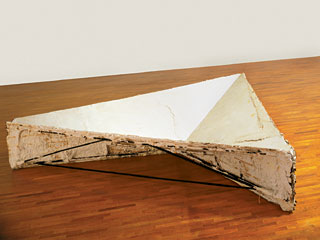
Wittgenstein along with Marcel Duchamp, and Samuel Beckett provided a more questioning and critical intellectual foundation for artists to pursue visual art as a tool to investigate the nature of reality through language games. (visual art is another kind of language that artists teach one another as well as accommodate new idioms and expressions).
2) Ludwig Wittgenstein was born on April 26, 1889 .
Taurus with moon in Pisces. (the same as James Mason and Audrey Hepburn). Moon in Pisces is otherworldy, intuitive, compassionate, private and impressionable. This trait explains why Wittgenstein gave up his family fortune in favor of more humble, austere lifestyle. He acted more like a mystic than a professional philosopher or an engineer.
3) He was Taurus OX- the deliberate Dictator The autocratic and dictatorial side of him showed up when Wittgenstein threatend Karl Popper, the famous poker incident involoving Karl Popper and Wittgenstein.
4) Wittgenstein and Zen Buddhism
5) Marjorie Perlof’s Wittgenstein Ladder, an Introduction..
“A philosopher,” he wrote in 1944, “is a man who has to cure many intellectual diseases in himself before he can arrive at the notions of common sense” (CV 44). And again, “My account will be hard to follow: because it says something new but still has egg-shells from the old view sticking to it” (CV 44). Perhaps it is this curious mix of mysticism and common-sense, of radical thought to which the “egg-shells” of one’s old views continue to “stick,” that has made Wittgenstein, who had no interest at all in the “poetry” of his own time, paradoxically a kind of patron saint for poets and artists. ”
6) One time Salon blogger dogma on Wittgenstein as a mystic.
Neon Sign by Bruce Nauman
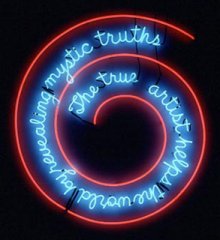
The True Artist Helps the World by Revealing Mystic Truths
Here is a discussion on Wittgenstein’s influence on art. (Part of two questions posed by a blogger. Must be patient to sort this out.
Steve Reich’s Proverb was based on the text of Wittgenstein- “How small a thought it takes to fill a whole life!“. I have loved and listend to his music without knowing about this until now.
On Freud, Wittgenstein said, “It seems to me that my dreams are always an expression of my fears, not, as Freud thought, my wishes. I could build up an interpretation of dreams just cogent as Freud’s in terms of repressed fears.
“Freud’s work died with him. No one today can do psychoanalysis in the way he did. Now a book that really would interest me would be the one he wrote in collaboration with Breuer”. (Recollection of Wittgenstein, edited by Rhees p154) In footnote, he further stated – I have always believed – without knowing why that the real germ of psychoanalysis came from Breuer, not Freud. Of course Breuer’s seed-grain can only have been quite tiny.” Wittgenstein died of cancer in 1951, the unpopular view expressed by him came from his intuition and acute observation.
Lost in words….
The House of Wittgenstein here.
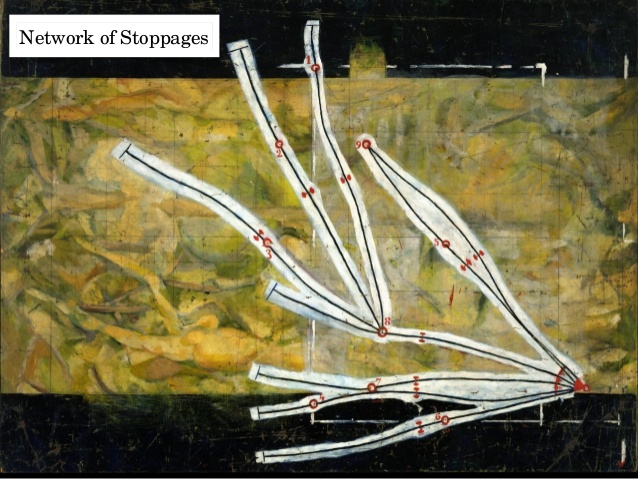
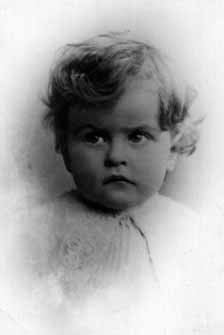
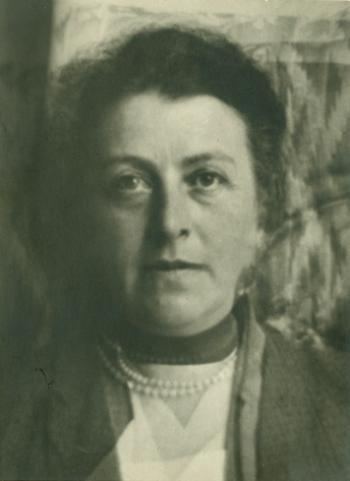
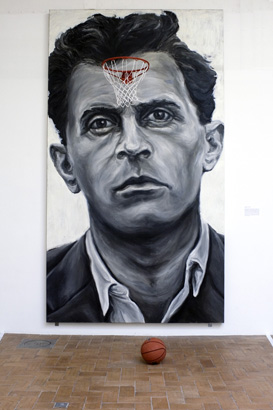 Gretl
Gretl 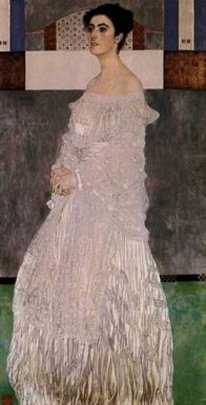
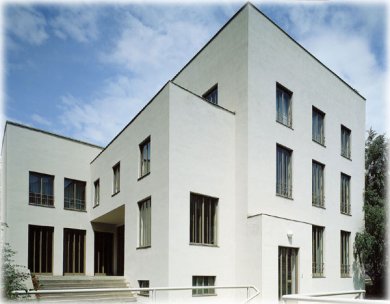 designed by Ludwig Wittgenstein.
designed by Ludwig Wittgenstein.
